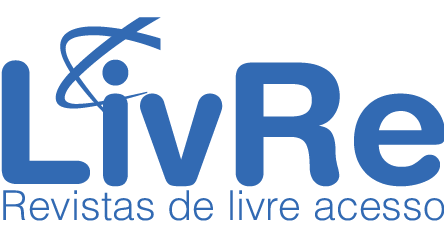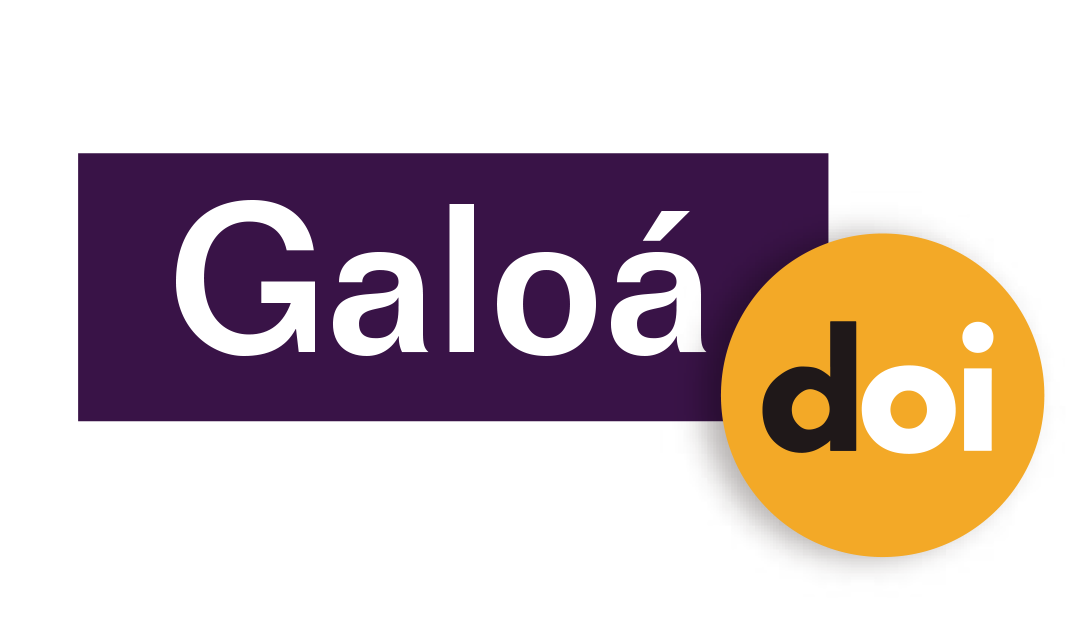Evidence from Google Trends of a Widening Second-level Digital Divide in Brazil. Even Worse with the Covid-19
Resumo
Background: While Brazilian governmental initiatives focused on home broadband Internet access, availability of computers for students in schools has been drastically reduced since 2010. Furthermore, schools usually prohibits mobile Internet access in its premises, contrarily to the migration of students’ access to smartphones. Objectives: This study investigates the impact of the increasing home and mobile Internet access on the existing educational inequalities. Design: This study made use of quantitative, locally statistical research to investigate the reproduction or closing of existing educational digital divide across already contrasting Brazilian regions. Setting and Participants: Child or adolescent from 9 to 17 years of age and their guardians, interviewed by CETIC.br. Data collection and analysis: Data was obtained from the CETIC.br data portal and the Google Trends webpage. Data were analysed by means of local geostatistical measures of spatial autocorrelation and inequality, as well as bivariate choropleth maps. Results: Our results suggest that the Brazilian school system is failing to cultivate in their students the more productive use of Internet access and therefore contributing to the widening of the existing second-level digital divide between regions and social classes. Conclusions: This digital divide was critically exacerbated by the arrival of the ongoing COVID-19 pandemic and the suspension of presential classes.Brazilian policymakers should concentrate efforts and resources in addressing this large-scale second-level digital divide, possibly by equipping educators and students with the knowledge and skills towards the educational, productive and responsible use of the Internet, as well as allowing mobile Internet access in school premises.
Palavras-chave
Brazil; second-level digital divide; Google Trends; Internet access; Internet use
DOI: https://doi.org/10.17648/acta.scientiae.6006
Apontamentos
- Não há apontamentos.
Direitos autorais 2020 Renato P. dos Santos, M Şahin Bülbül, Isadora L Lemes

Esta obra está licenciada sob uma licença Creative Commons Atribuição 4.0 Internacional.
ANÚNCIOS
Informamos que, a partir de outubro de 2024, a revista Acta Scientia volta a aceitar submissões de artigos para publicação.
Mais, informamos que sites fraudulentos, https://periodicos-ulbrabr.org e https://periodicos-ulbrabra.org, estiveram se passando pela Acta Scientiae, utilizando nosso nome e identidade visual e até solicitado taxas de APC, que nós não cobramos. Aconselhamos cautela para evitar serem enganados por sites semelhantes.
Conceito A2 na Capes(2021)
Índice h5 do Google Scholar: 13
Índice mediana h5 do Google Scholar:24
eISSN: 2178-7727
Indexações:
A Acta Scientiae é indexada em: | Scopus |  | Latindex |  | Edubase (SBU/UNICAMP) |
 | Sumarios.org |  | Google Scholar |  | Portal LivRe (CNEM) |
 | Journals for Free |  | REDIB |  | Galoá DOI |

Todos os trabalhos publicados aqui estão sob uma licença Creative Commons - Atribuição 4.0 Internacional.
